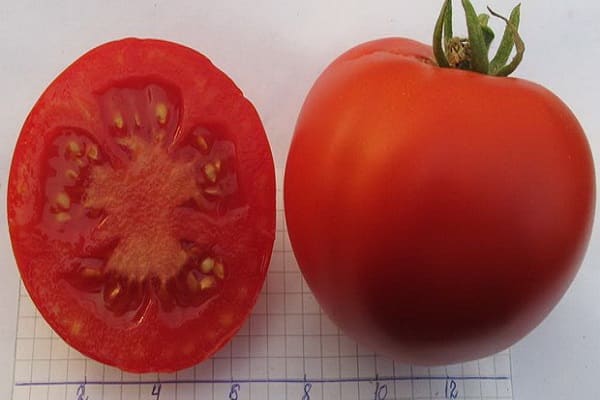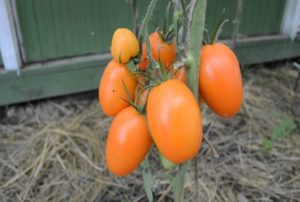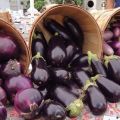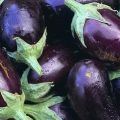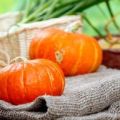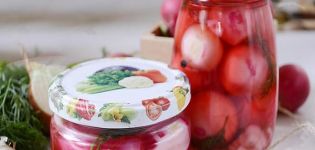Description of the Extremal tomato variety, its characteristics and cultivation
Since 2007, Tomato Extremal has been included in the state register of indeterminate varieties intended for cultivation in open ground or in film structures. The seeds are marketed by Biotekhnika and advertised as a variety adapted for growing in cold climates. The advantage of a plant with an early maturation is considered to be good survival in difficult conditions.
Description of the strengths of the variety:
- ability to withstand heat, drought, low temperatures;
- resistance to diseases of tomatoes, good tolerance of top rot, root rot and bacterial spotting;
- versatility, the ability to use in salads and recipes for winter preparations;
- quick recovery from stress without losing the ability to bear fruit;
- the ability to produce a large amount of fruit.
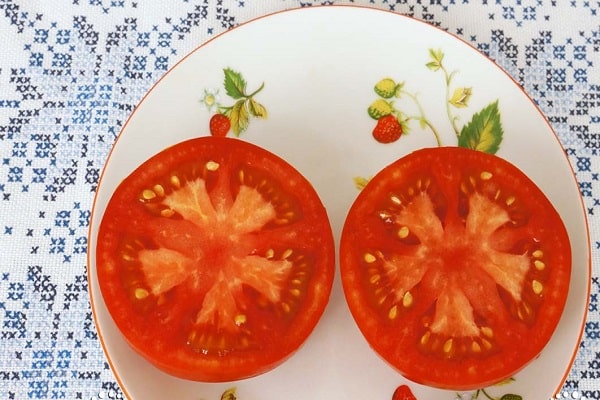
The plant is distinguished by strong shoots, has medium-sized leaf plates of rich green color. The bushes are distinguished by a small amount of green mass. The shortened internodes of the plant are considered a characteristic feature. The inflorescence refers to a simple structure, has a stem with an articulation.
Characteristics of the fetus
The fruits are characterized by a flat-round shape with a slight ribbing. The pulp of vegetables is of medium density and has a rich tomato flavor. Reviews of gardeners speak about the quality of "sugar" fruits. Due to these characteristics, tomatoes are ideal for fresh use in salads. Unripe fruits have a light greenish tint, which becomes bright red during ripening. The disadvantage of vegetables is the tendency to cracking, so it is recommended to remove the fruits in a timely manner.

The average weight of one fruit varies from 150 to 210 grams. During the ripening period from 1 m2 it is possible to obtain a harvest in the amount of 4.6 kilograms. When grown in greenhouse conditions and proper agricultural technology, the yield of tomatoes can be slightly higher than average, and the weight of the fruits can reach 250 grams.
Care features
The plant is grown in seedlings. The sowing time of the planting material is determined in such a way that 50 to 55 days pass before the time of planting in a permanent place. Seeds are sown in special containers in prepared soil. The following soil composition is considered the most suitable:

- turf 2 parts;
- humus 2 parts;
- fine sand 1 part.
From the moment of planting the seedlings to a permanent place to the removal of the first fruits, 105–110 days pass. The planting material does not need to be deeply buried in the ground. Saplings are grown at a temperature of 16 C... Diving is carried out when the shoots form 2 true leaves in containers, the diameter of which does not exceed 10 cm. 7 days before transplanting to a permanent place of cultivation, fertilizing is carried out with a complex mineral fertilizer, in which potassium and phosphorus prevail.

It is recommended to adhere to the planting scheme 40 by 80 cm. The shoots are formed into one stem and periodically carry out the pinching procedure. The growth point is pinched over the fourth brush of the bush. Care consists in timely watering, removing weeds, loosening the soil for a better supply of oxygen to the plant and feeding with mineral complexes.
